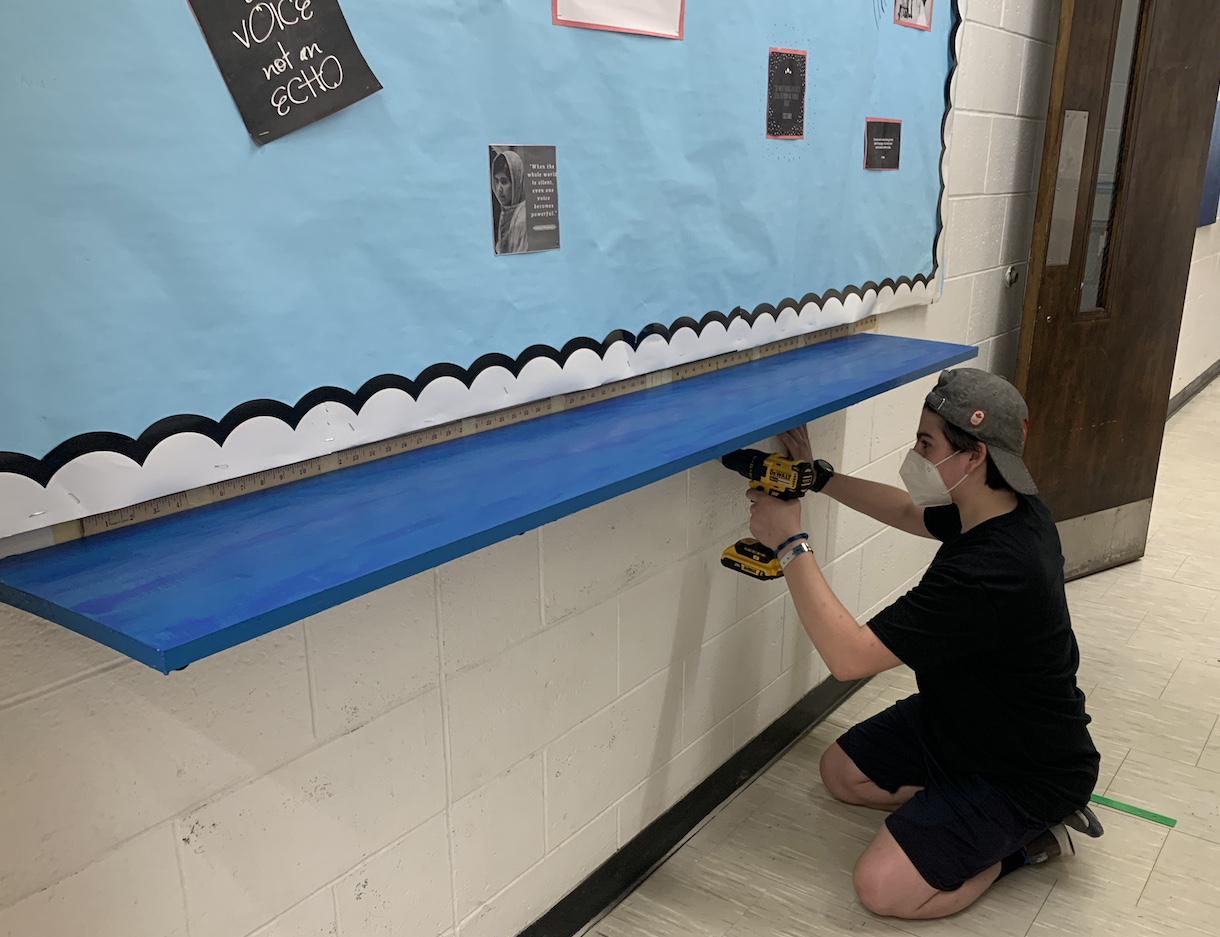Nationally, we have been operating for half a century on the theory that the best way to cultivate personally satisfied, economically productive citizens is through the successful completion of grades K-12 and by graduating from a reputable college. But more and more we’re seeing how this theory falls short in preparing our children to meet the demands of young adult life and beyond: navigating the workforce, interpersonal relationships, rapidly changing geopolitical dynamics and the increasingly loud and pressing call for innovative thinking. Every student deserves to be prepared to face a yet unknown world, and it is up to each school to figure out how to make this happen.
To meet these contemporary realities, MetroWest Jewish Day School created the Design & Build program (D&B). We launched it last year with some general ideas of where we wanted it to go, launched it last year and refined it over the summer based on what we learned. It is predicated on two essential questions: In what ways can I impact the world around me for the better? How should I approach a challenge, whether individually or in collaboration with others, to achieve the most productive thinking and effective plan?
The Program
All students pre-K through grade 8 participate in D&B each week for one to two hours. Assignments range from short-run challenges to long-term personal projects. Teachers introduce and teach students to use a wide range of materials for students to use in designing and “building” their ideas—wood, plastic, metal, fabric, paper—and use hand tools and power tools purchased through grants to bring their visions to reality. For the younger grades, we define the challenges more narrowly to help them initiate their creative thinking, planning and building (no power tools!).





